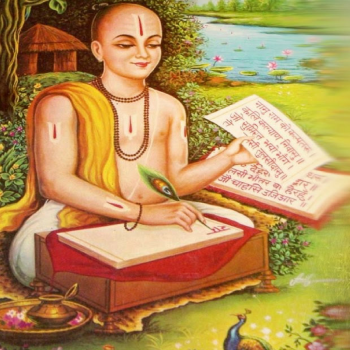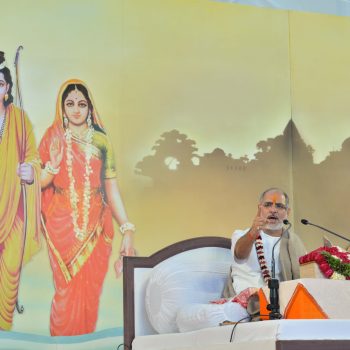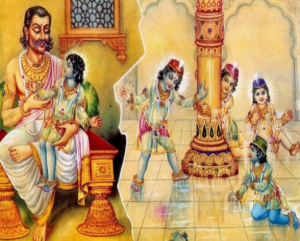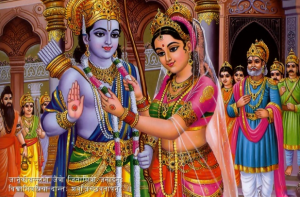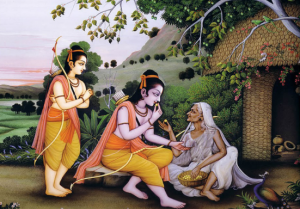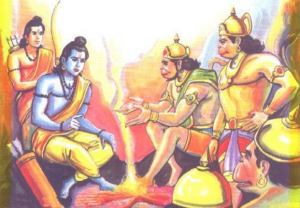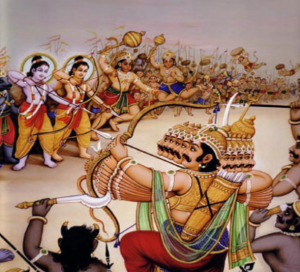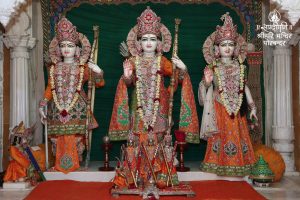Shri Ram Katha is the story of Lord Ram, the seventh incarnation of Lord Vishnu. In His incarnation, Lord Ram teaches humanity and how to live the ideal life. Lord Ram is described as an embodiment of religious righteousness.
There are two main scriptures which cover the Story of Lord Ram’s life:
- Ramayan – written by the great sage Shri Valmiki ji, and
- Shri Ram Charit Manas – written poetically by Goswami Shri Tulsidas ji.
Shri Ram Katha is particularly relevant for modern times when there is a great need to emphasize the importance of the responsibility and good conduct highlighted in the glorification of Lord Ram in these two scriptures.
While Shri Valmiki ji’s Ramayan depicts Lord Ram as the highest among men, Tulsidas ji has written the text with the inherent faith and belief that Ram is the Supreme God.
